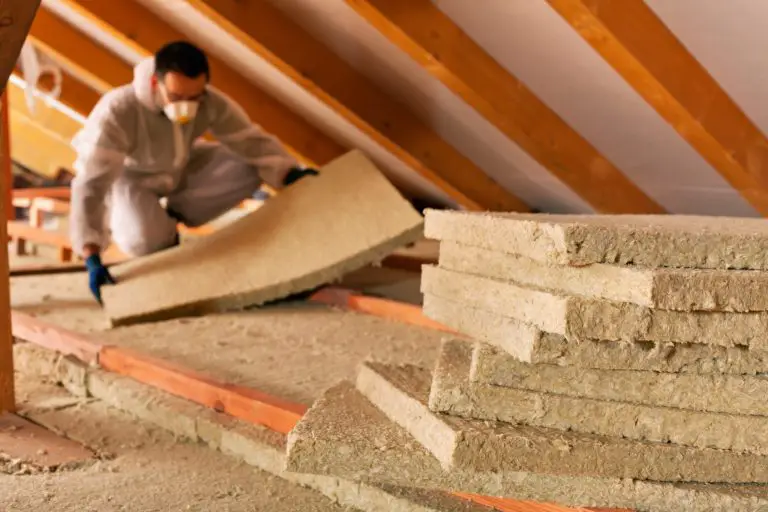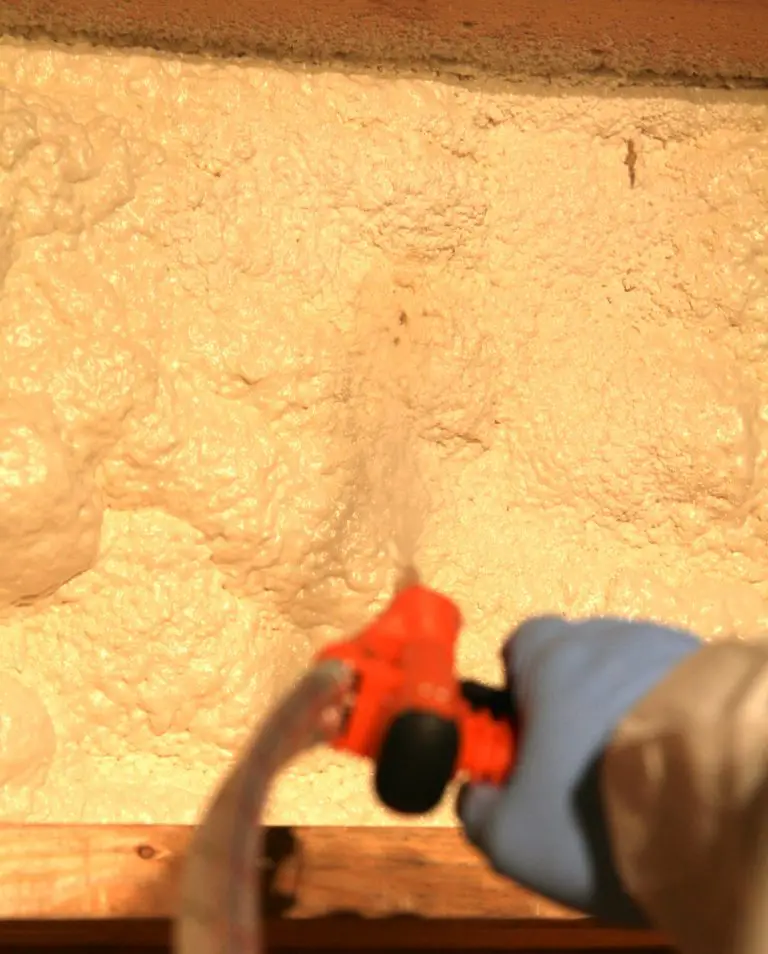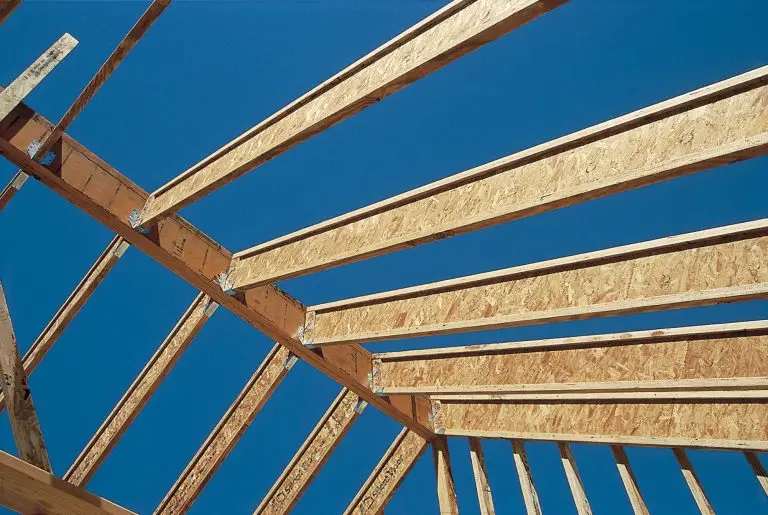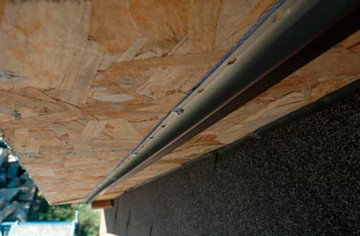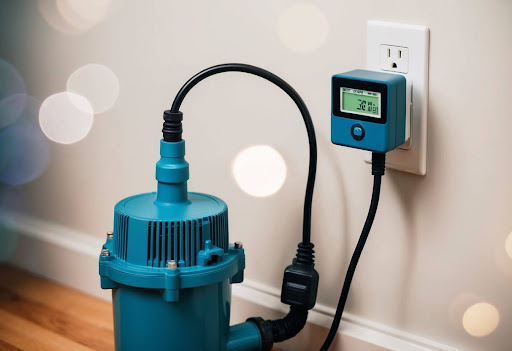In homeownership, ensuring a safe and secure environment is important. One often overlooked aspect of this endeavor is pest protection. Unwanted pests can wreak havoc on homes, causing structural damage and posing health risks to inhabitants. By implementing the right strategies and calling good pest control services, homeowners can harness the power of pest protection, effectively shielding their homes from these nuisances.
Understanding the Threat: The Importance of Pest Protection
Pests come in various shapes and sizes, ranging from tiny insects to larger rodents. Despite differences, they all share one common trait: the potential to cause harm. From termites silently devouring wooden structures to cockroaches spreading diseases, the threats posed by pests are diverse and significant. Neglecting pest protection can sometimes lead to costly consequences. Structural damage resulting from termite infestations, for instance, can compromise the integrity of your home, necessitating extensive repairs. Moreover, pests such as rodents can contaminate food supplies and transmit dangerous pathogens, putting your family’s health at risk.
Building a Strong Defense: Effective Pest Prevention Tactics
You can employ numerous strategies to fortify your home against pest invasions. Implementing all these preventive measures can significantly reduce the likelihood of infestations, safeguarding your property and loved ones.
Seal Entry Points: Pests often gain access to homes through small cracks and the openings in walls, windows, and doors. Conduct thorough inspections of your home’s exterior, sealing any potential entry points with weatherstripping. Pay particular attention to areas where utility pipes and wires enter the structure, as these are common entry points for pests. Taking these preventive measures not only safeguards your home but also promotes healthier and more comfortable living environment for your family.
Maintain Cleanliness: Keeping your home clean is essential in deterring pests. Regularly vacuuming carpets, sweeping floors, and also wiping down surfaces helps eliminate food crumbs and spills that can attract pests. Additionally, ensure proper garbage disposal and promptly address any moisture issues, as damp environments are conducive to pest infestations. These simple yet effective practices form the foundation of a proactive pest prevention strategy, fostering a healthier and more comfortable living environment for you and your family.
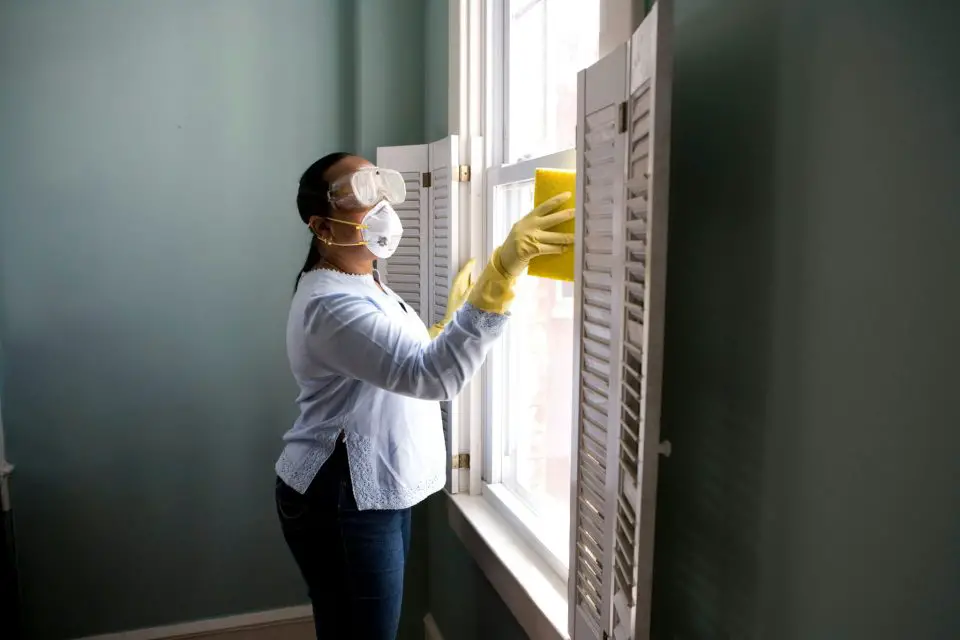
Trim Vegetation: Overgrown vegetation near your home can serve as a bridge for pests to access your property. Trim shrubs and trees away from exterior walls to create a buffer zone that deters pests from entering. This simple yet effective measure can help reuce the risk of infestations, particularly from outdoor-dwelling pests like ants and rodents.
Invest in Professional Pest Control: While DIY methods can be effective to some extent, enlisting services of a professional pest control company offers comprehensive protection against pests. Trained technicians can conduct thorough home inspections, identify potential risk factors, and implement targeted treatment plans to eradicate existing infestations and prevent future ones. To learn more or book a consultation, visit their site here.
Sustaining the Shield: Ongoing Pest Management Practices
Maintaining a pest-free home requires ongoing diligence and vigilance. Even after implementing preventive measures, it’s essential to remain proactive in monitoring for signs of pest activity and addressing any emerging issues promptly.
Regular Inspections: Schedule regular inspections for homes to identify any signs of pest activity early on. Look for droppings, gnaw marks, or evidence of nesting in common hiding spots such as basements, attics, and crawl spaces. Detecting pest problems in their early stages allows for swift intervention, preventing minor issues from escalating into full-blown infestations.
Educate Yourself: Stay informed about common pests in your area and their habits. Understanding different pests’ behavior patterns and vulnerabilities empowers you to take targeted preventive actions tailored to specific threats. Additionally, familiarize yourself with the warning signs of potential infestations, enabling you to act swiftly when necessary.
Adapt and Evolve: As pests evolve and environmental conditions change, so must your pest management strategies. Stay flexible and adaptable, adjusting your approach to address emerging threats and mitigate risk factors. Regularly reassess your pest protection efforts to ensure they safeguard your home effectively.
The Importance of Proactive Pest Prevention
In the ongoing battle against pests, proactive prevention emerges as the cornerstone of defence. By unleashing the power of pest protection and implementing effective preventive measures, homeowners can fortify their dwellings against unwanted invaders, thus safeguarding their property and the well-being of their families.
Every action contributes significantly to achieving a pest-free environment, from sealing entry points to investing in professional pest control services. Embracing vigilance and staying informed about potential threats are essential to this proactive approach. By doing so, homeowners empower themselves to confront and mitigate pest infestations before they escalate, ensuring that their homes remain fortified against the persistent threat of pests.








